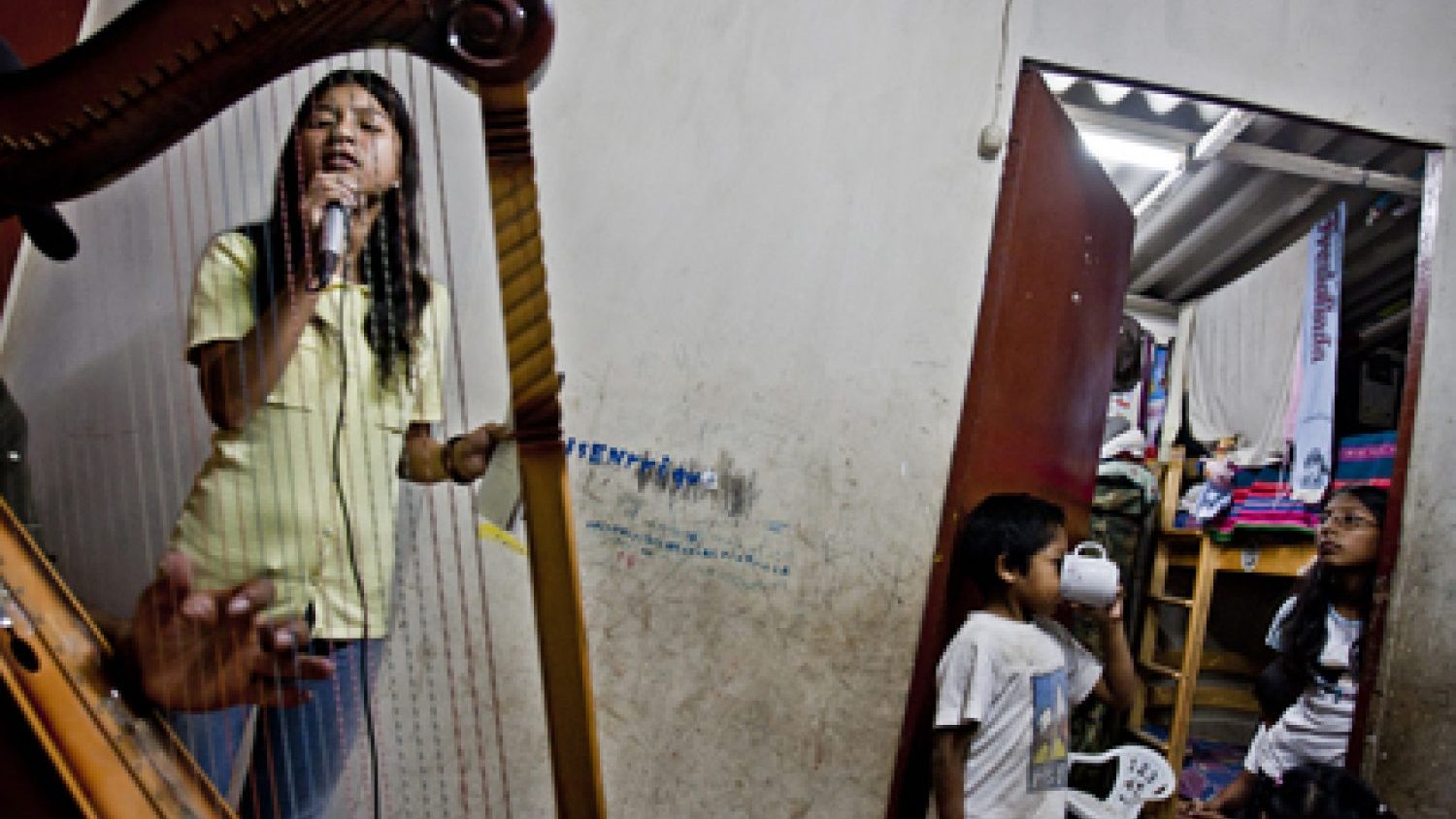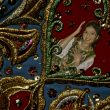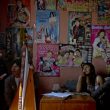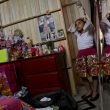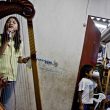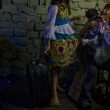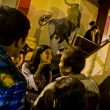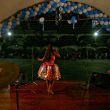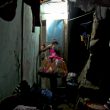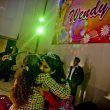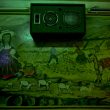The Girls Want To Be Singers
Wayno music, typically from the Peruvian Andes, has transformed itself in Lima, Peru’s capital. Nevertheless, its popularity never waned. It was brought to the coast starting 1960 by myriad families that migrated from Andean communities to Lima.
Wayno has a nostalgic aura that reminisces the highlands, but it also sings about love and spite, and, in some cases, about life in the outskirts of Lima. Migrant women and their daughters are the protagonists of this genre. They sing and adorn themselves with bright-colored polleras, or skirts. These dresses blend traditional rural styles with elegant glamour and may cost up to 300 dollars.
Every weekend, thousands of people attend Wayno concerts organized in Lima’s outskirts in order to listen and dance to those rhythms played by an Andean harp, an electric keyboard and drums, accompanied by sweet vocals.
It is thought that belonging to a Wayno band will provide fame and social mobility. Wayno bands, usually comprised by large families and their friends, deposit their faith in progress in these young female singers.
Young girls and teens become Wayno figures that emulate renowned local artists and, at the same time, earn money for their families. Small stages in neighborhood parties are the first gigs for many Wayno singers who start to seek wealth and fame.
This series focuses on the efforts of Dori Maria, Wendy Sulca, Yanet Romero Acuna and Flower in their effort to forge a career in music.
Max Cabello (1974) is a photographer from Lima. He has studied communications at Lima’s University and since then has been working as a photographer for several Peruvian publications.
